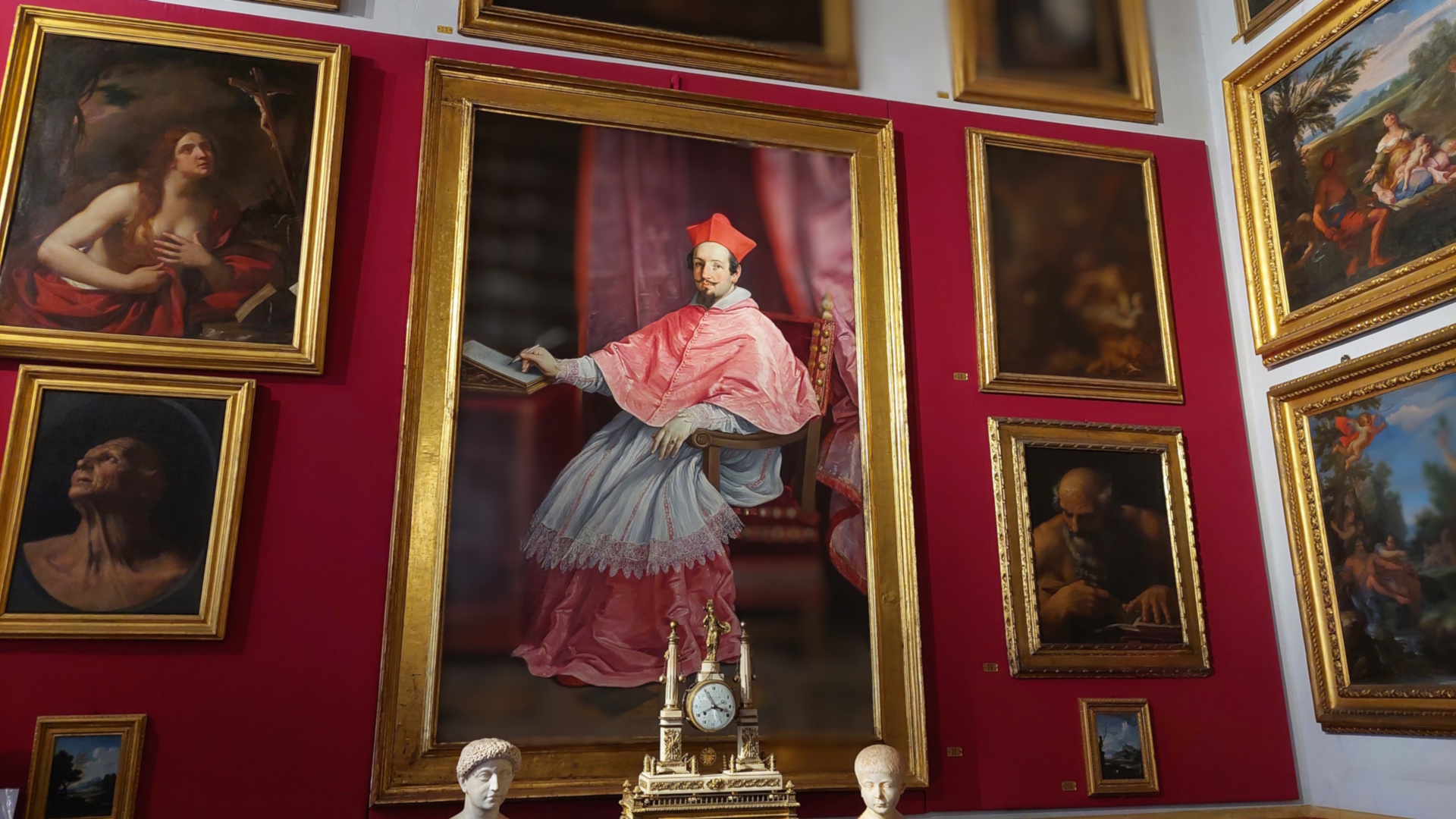
Built beginning in 1548 by Cardinal Girolamo Capodiferro (1502-1559) on pre-existing buildings owned by the family and almost entirely completed by the 1550 Jubilee, including with regard to the stucco decorations that embellish the facade and courtyard, and to the pictorial cycles of the Piano Nobile themselves, the Palace passed in the following century to Cardinal Bernardino Spada (1594-1661) who, from the moment of purchase, began a series of works that lasted thirty years and gave the building complex a new and more enjoyable appearance.
On the second floor of the Palace, in a seventeenth-century wing, is the Spada Gallery, which, within four rooms, houses a celebrated collection of Baroque paintings created during the 17th century by Cardinals Bernardino and Fabrizio Spada. The fineness of the collection, which is still set up as a 17th-century picture gallery, gives this place a unique charm, accentuated by a characteristic "minor" and reserved dimension. In richly decorated rooms still furnished with important examples of Baroque furniture, masterpieces by Guido Reni and Guercino, Orazio and Artemisia Gentileschi, Titian, Parmigianino and Jan Brueghel, as well as a valuable selection of the international protagonists of Caravaggesque painting, such as Valentin de Boulogne, Trophime Bigot, Pieter Van Laer and Hendrick Van Somer, are on view in the Gallery.
At the conclusion of the first-floor museum tour, we visit the Secret Garden, which houses Rome’s most spectacular Baroque artifice: the illusionistic Colonnade (or Perspective) created in 1653 by Francesco Borromini for Cardinal Bernardino Spada. A refined moral warning to those who put too much faith in the appearances of the world, the Colonnade misleads the viewer by its dimensions that are actually very different from how they are perceived by the eye, being the skillful product of mathematical and perspective calculations.
The heart of Rome: Piazza Navona and Campo de' Fiori
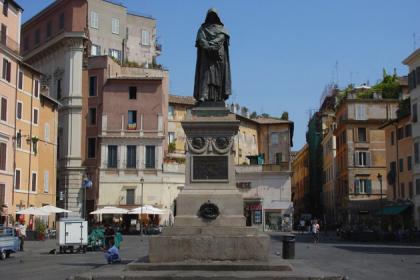
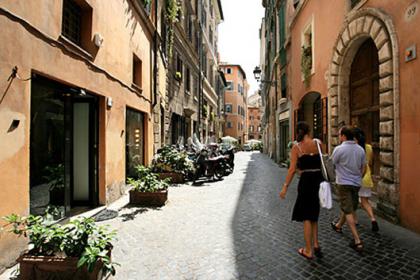
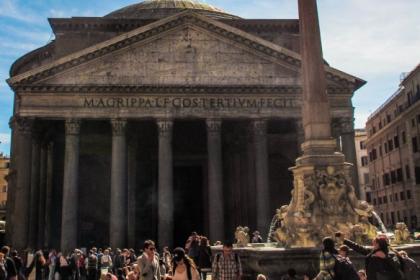
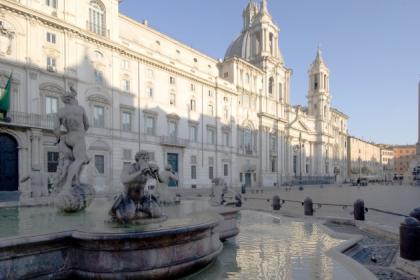
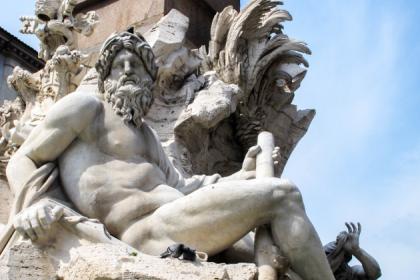
 Condividi
Condividi
Discovering “The Great Beauty”
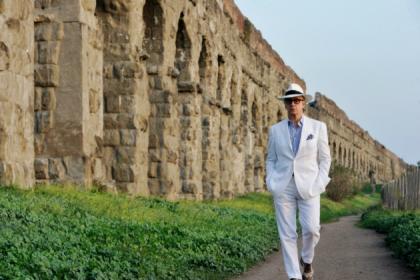
 Condividi
Condividi
Seven optical tricks in art: Rome and the magnificent deception in painting and architecture
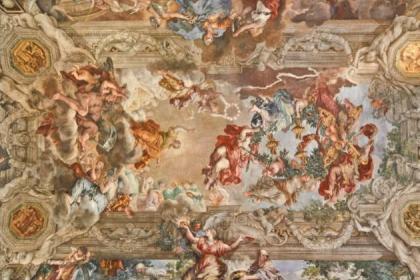
Theatrical effects, optical games and perspective illusions that make art wonderful
Sixtus Bridge
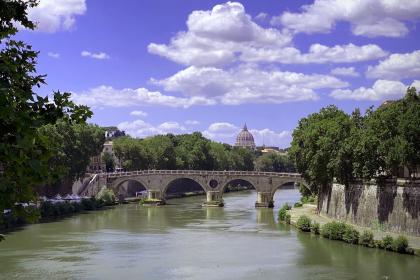
 Condividi
Condividi
Church of Santa Maria della Quercia
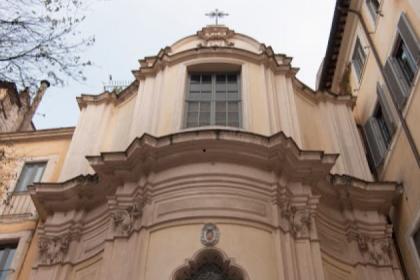
 Condividi
Condividi
Information
From Monday to Sunday 8.30 to 19.30 (last entrance 19.00)Closed on Tuesdays, 25 December
For updates and guidelines please check the > official website.
 Condividi
Condividi
Location
To find out about all accessibility services, visit the Rome accessible section.











































